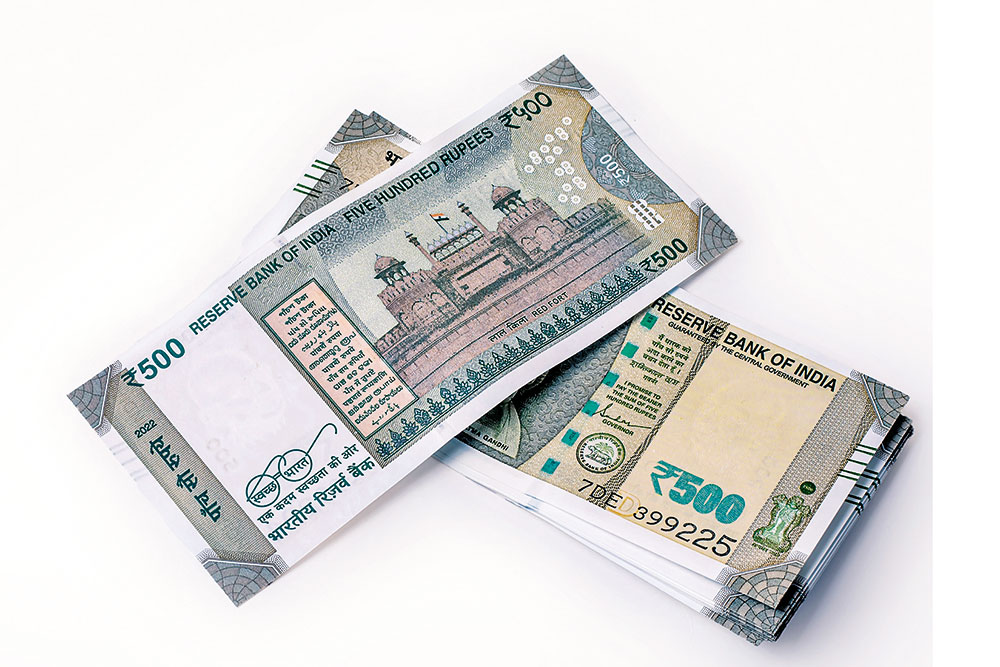The Reserve Bank of India (RBI) in its bimonthly policy in August announced that banks will need to maintain 10 per cent incremental cash reserve ratio (ICRR) starting from August 12. This will be applicable on the increase in net demand and time liabilities (NDTL) of banks between May 19 and July 28, 2023. RBI has taken this temporary measure to drain excess liquidity from the banking system. RBI had earlier withrawn Rs 2,000 banknotes from circulation and gave people the option to either deposit or exchange them by September 30, 2023. Let’s delve into what ICRR entails, its significance, and how it aids liquidity management.

What is CRR?
- Before understanding ICRR, it is important to understand what is the cash reserve ratio (CRR).
- You would have come across the term when RBI comes up with announcements in its bimonthly monetary policy.
- RBI raises the CRR when it feels that liquidity is high in the economy. Banks do not earn any interest on this deposit, which raises their cost of funds.
- It is the liquid cash that scheduled commercial banks need to keep with RBI as a certain percentage of their demand liabilities. Currently, CRR is at 4.5 per cent.

What Is ICRR?
- Unlike CRR, which applies to the total deposit base, ICRR specifically targets new deposits.
- It is applied to the incremental increase in deposits made by customers within a certain period.
- ICRR is a mechanism through which central banks can regulate the cash reserve requirement of banks when there is excess liquidity through the new deposits.
- RBI earlier used this tool in 2016, when the system was flooded with higher liquidity due to demonetisation. That was the time when Rs 2,000 banknotes, which are now being withdrawn from the system, were first introduced.

How Does It Work?
- By imposing higher ICRR on incremental deposits, banks are encouraged to hold a portion of these funds in reserves.
- For example, Rs 3.14 lakh crore was returned to the banking system after Rs 2,000 banknotes were recently withdrawn. In this case, if 10 per cent ICRR is applicable on Rs 3 lakh crore, banks will need to park approximately Rs 30,000 crore with RBI and will be left with only Rs 2.70 lakh crore from the incremental deposits for lending purposes.
- In short, ICRR contributes to stabilizing the money supply, preventing inflationary pressures, and maintaining financial stability.







